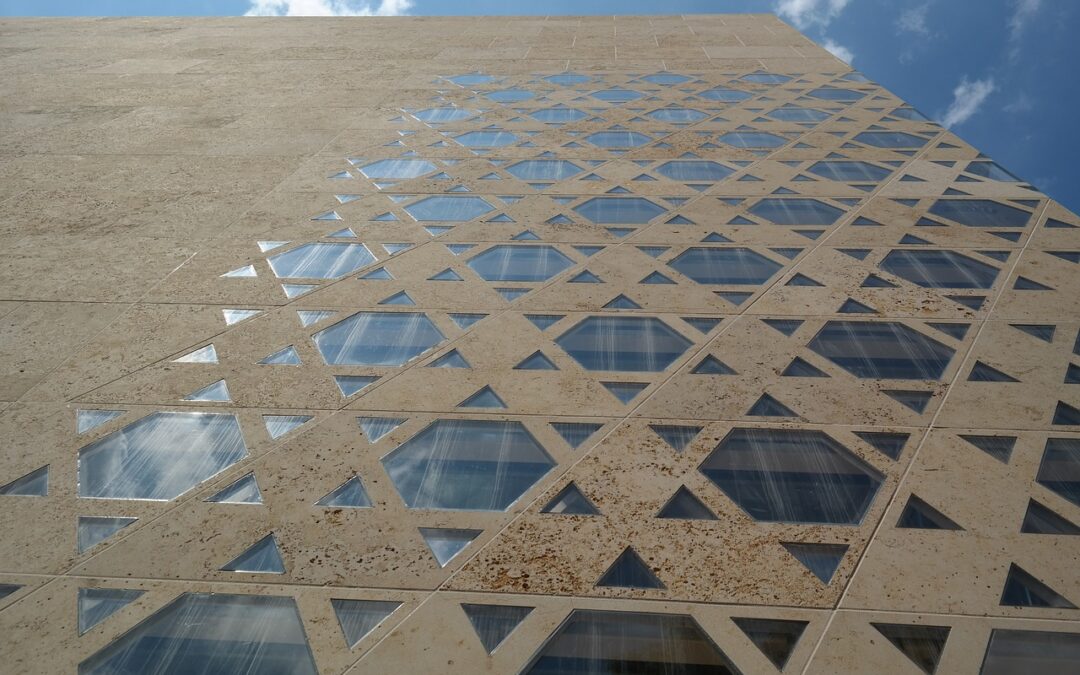If we want to understand Mikvah in depth, we can turn to the references to it in the Torah. In Leviticus, Chapter 16, we read about the Yom Kippur service as practiced when we had the Temple in Jerusalem. At the apex of the service, the High Priest would enter the innermost chamber of the Temple – indeed the holiest space on earth – the Holy of Holies, or Kodesh Hakadashim, where he would ask forgiveness for the nation’s shortcomings throughout the previous year. No one but the High Priest was allowed to enter the Holy of Holies and he himself, as the holiest representative of the holy Jewish nation, was allowed in there only once a year, for one short interval on Yom Kippur, the holiest day of the year.
It’s hard to imagine today the significance of that moment. For seven days beforehand, the High Priest prepared himself for it. The night before he entered the Holy of Holies, a team of great Jewish leaders keep him awake all night, quizzing him and pushing him to the heights of his moral and spiritual potential: the future of not just the Jewish nation but the entire world would rest on his actions in the Holy of Holies – actions that were done completely in private, witnessed solely by G-d and himself.
After seven days of refining himself, and after the long night vigil, the High Priest had one final preparation to make before the awesome moment in which he would enter the Holy of Holies, and effect atonement for himself, for his nation and for the world: he immersed in the mikvah.
The resumption of the act of intimacy of a Jewish woman with her husband is a similarly awesome moment. After her seven days of preparing herself for that moment, a woman immerses herself in a mikvah in order to elevate her relationship with her husband and to elevate the world itself.

